“I haven’t been here since I was arrested...
I wasn’t sure I would ever get back.”Odelia Quewezance Tweet
Sometimes the road to freedom takes you on a detour.
Right back to the scene of the crime.
That’s how convicted murderer Odelia Quewezance found herself in southeastern Saskatchewan on the third weekend in May.
“I haven’t been here since I was arrested,” says Quewezance, 50.
“I wasn’t sure I would ever get back.”
Quewezance made the trip to meet her lawyer, James Lockyer of Toronto, and take him on a tour.
She had to check in with police at 8 p.m. every night as a condition of her day parole.
“That’s when I turn into a pumpkin,” she jokes.
A tidy, slender woman, Quewezance arrives at the meeting point in Kamsack, Sask., with her partner, Jay Koch. She seems nervous.
It’s the first time she’s been on traditional Saulteaux territory since 1993.
That’s when she, at age 21, and her younger sister Nerissa Quewezance, at 19, were arrested for the brutal and fatal attack on white farmer, Anthony Joseph (Joe) Dolff, who was 70.
Their cousin Jason Keshane, 14 at the time, later confessed to the violent killing after the trio claimed the elderly man made a move on Nerissa.
The four had been drinking at Dolff’s home, parole documents claim, and things turned ugly after an envelope with $700 in cash went missing.
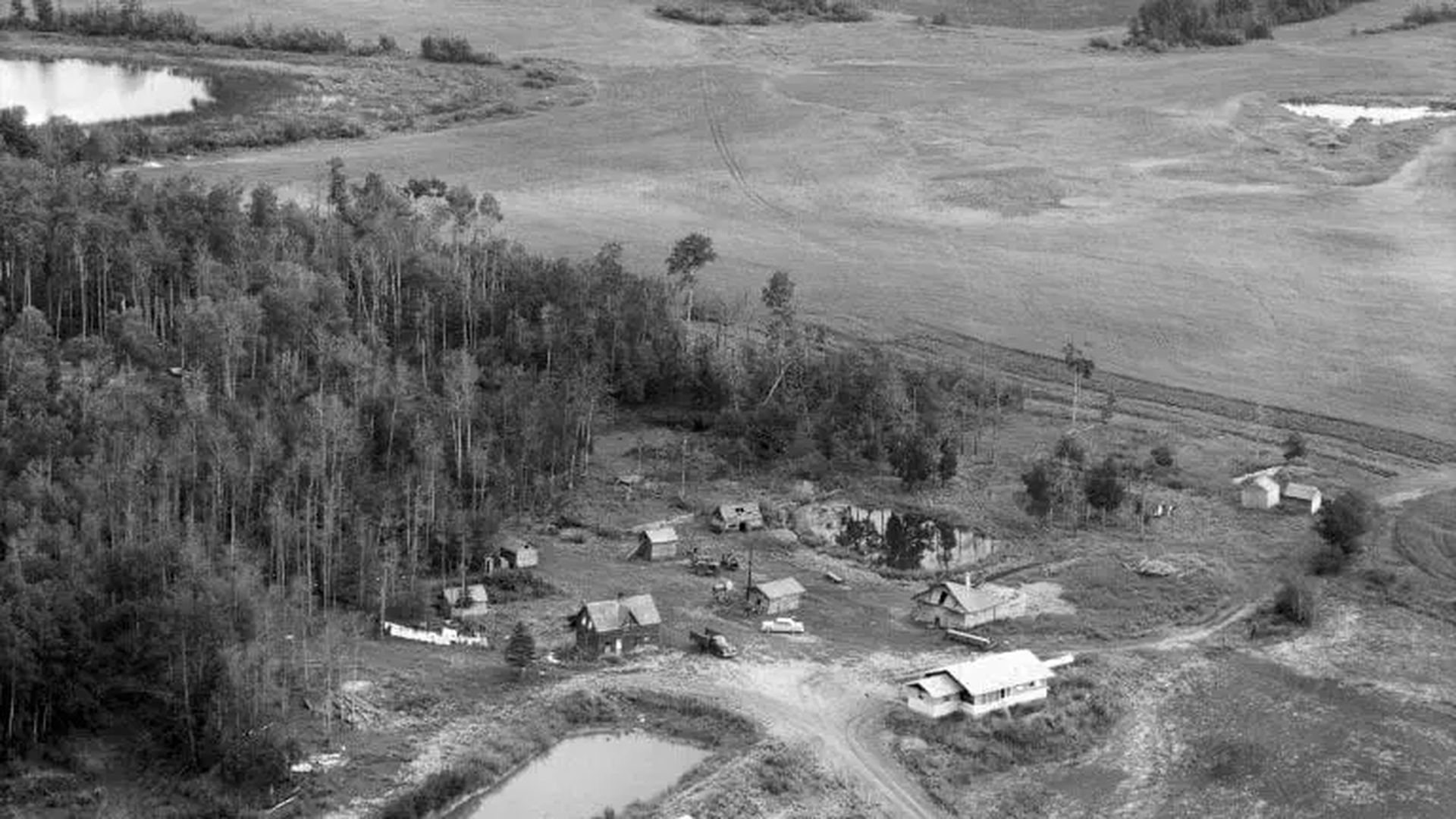
The farmhouse no longer stands, but the fertile land Dolff worked is a short drive from the Keeseekoose band office.
It’s one of the sites Lockyer, who specializes in wrongful convictions, wants to see in person.
“I’ve read all of the reports,” he says, “but I want things to come off the page so I no longer have to visualize them.”
Lockyer is here because Koch contacted David Milgaard, who the lawyer helped free after 23 years for the wrongful conviction of the 1969 rape and murder of Gail Miller in Saskatoon.
Milgaard became a prominent exoneree and champion for the wrongfully convicted. He contacted APTN Investigates about the life sentence the women are serving, and the show’s producer asked Lockyer to comment on their documentary about the case.
Milgaard’s sudden death this same weekend has shaken the group.
“When I heard the news it was like losing my brother,” says Odelia.
“(David) always messaged me, telling me not to give up.”
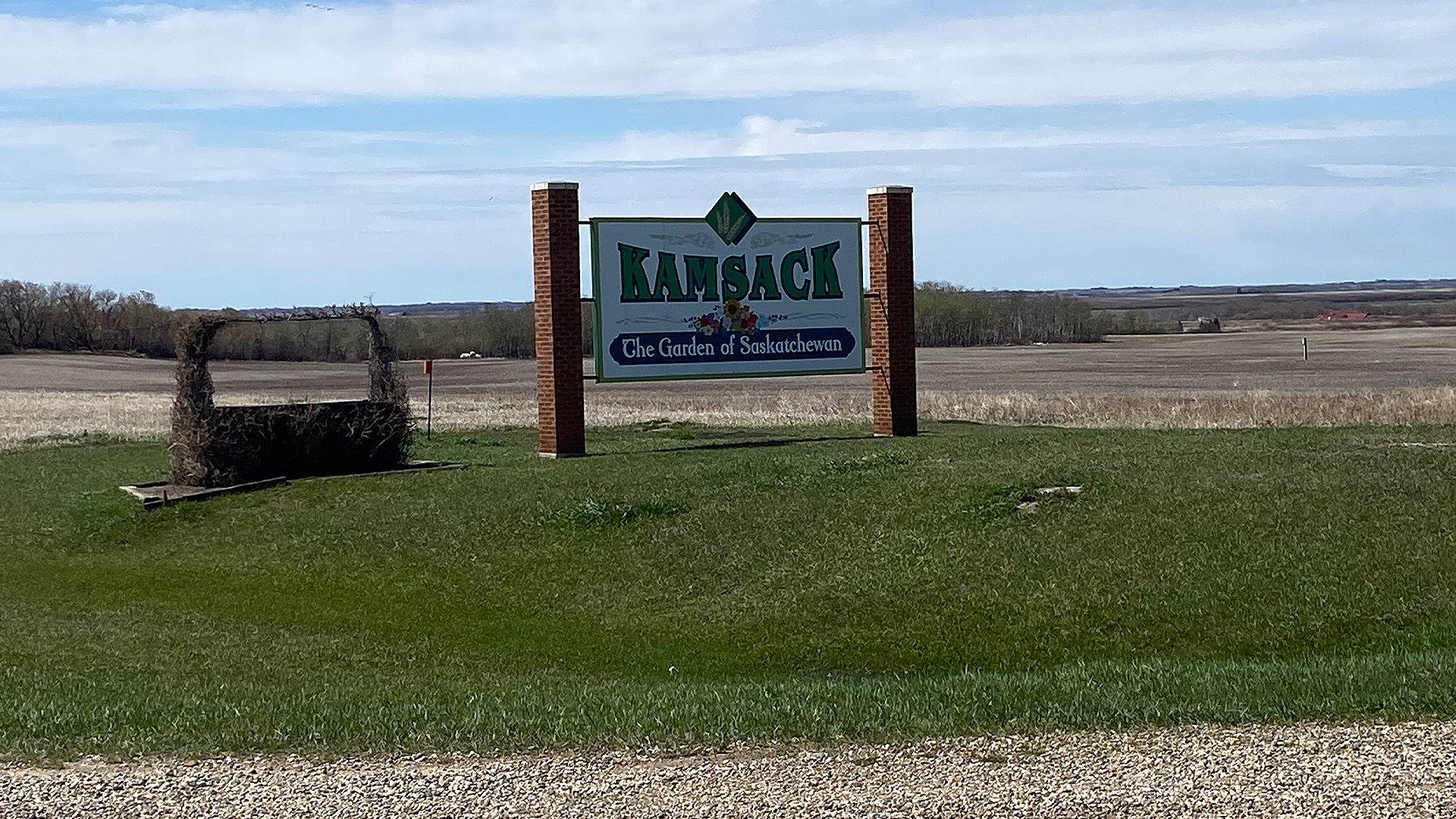
Lockyer arrived in Kamsack from B.C., where he’d gone to meet Nerissa for the first time. He visited Fraser Valley Institution with Deanna Harris, regional director of eastern Saskatchewan for Saskatchewan Legal Aid.
Harris says the Saskatchewan Legal Aid Commission is paying for the travel and funding the sisters’ appeal. She is also working with Lockyer.
“I read the trial transcripts…,” Harris says. “I believe (the sisters) were wrongfully convicted of second-degree murder.
“This is part of reconciliation,” she adds. “Not only do we need to do better going forward, we need to look back and correct the mistakes that have been made that can still be corrected. Because so much can’t be corrected.
“Canada has lost so many First Nations people to government policies, to injustice, to abuse, to murder…This is an actual real opportunity to go back and fix a mistake.”
The assistance from Legal Aid was welcomed by Lockyer, who has been working on the case for no fee. To date he has:
*Filed an application for a ministerial review with federal Justice Minister David Lametti,
*Secured day parole for Odelia (without the conditions Dolff’s family wanted to bar her from speaking to the media and going to Kamsack, Yorkton and Saskatoon),
*Asked Saskatchewan Justice to downgrade the convictions to manslaughter from second-degree murder (and release the women for time served),
*Watched Innocence Canada (which he first founded in 1993 as the Association in Defence of the Wrongfully Convicted) agree to back the Quewezance case as “a miscarriage of justice.”
Despite never making a deadline public before, Lockyer has pledged to have the sisters “out in 2022.”
“I feel that strongly,” he says simply.
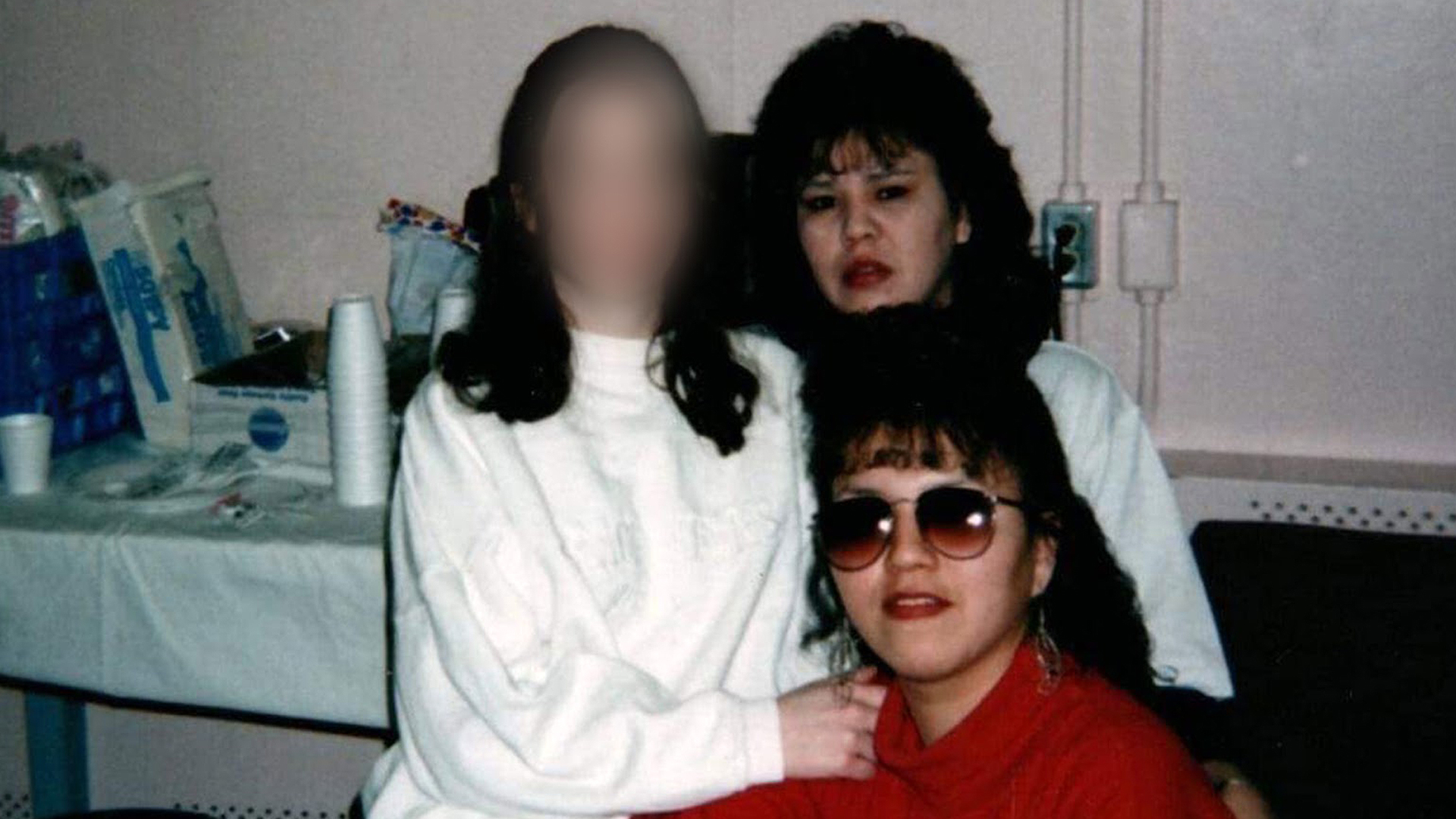
Odelia and Nerissa haven’t seen each other in person for 19 years.
They have been released at various times on day parole but regularly violated their conditions.
Odelia says they were locked up together during the early years in segregated parts of men’s prisons – even an infirmary – and the Saskatoon Regional Psychiatric Centre because Canada didn’t have a women’s facility in the west.
They’ve spent 30 years in prison so far.
It “wasn’t Orange is the New Black,” Odelia quips.
Still, the sisters remain close. They formed a bond as children to protect themselves from adults who should have kept them safe.
It’s a bond that was tested the night they were drinking with Dolff, according to their version of what led to the murder.
The pair will never be released on full parole because they need to confess to a crime they say they didn’t commit.
Intervention by federal Justice Minister David Lametti is their only route to freedom.
“They tell me not to screw up this time,” says Odelia of her three daughters.
“I tell them it’s different.
I’ve done my healing. I go to programs. I rely on my (traditional) culture.”
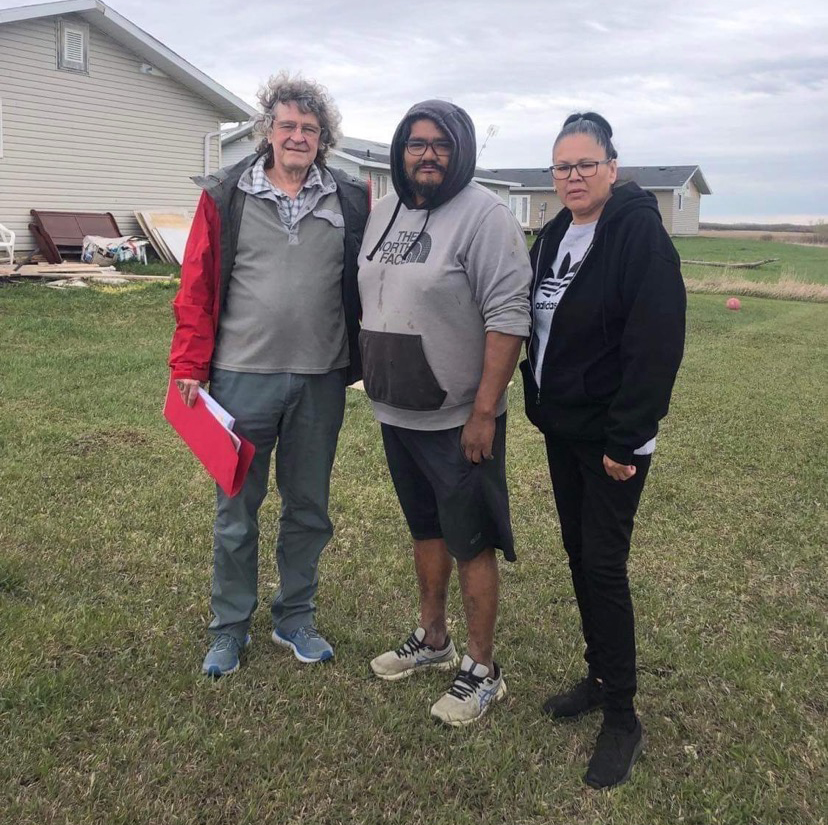
Word reaches the group that Keshane is at home in a neighboring community.
He served two years for second-degree murder in a juvenile facility after confessing to stabbing Dolff 17 times, strangling him with a telephone cord, and dropping a TV set on his head.
The sisters remain in prison because Saskatchewan Justice believes they played a role in the murder, Lockyer says.
But they have never confessed and continue to maintain their innocence.
Lockyer is eager to speak with Keshane but Odelia wants to put tobacco down first for Milgaard.
She spreads a cloth proclaiming “Hope” on the ground in front of a statue honouring First Nations students forced to attend area residential schools.
Odelia, Nerissa and their parents are residential school survivors.
Her auntie Shirley Keshane lights dried sage for a smudge while Odelia prays and sings before the group in her Saulteaux language.
There is no sign of the nervousness of before.
With Nerissa listening over the phone, Odelia asks “the Hair”, which she affectionately calls Lockyer for his curly locks, to say a few words.
“He’s left us with a lot of work to do,” Lockyer says as family members and supporters huddle together against the cold wind.
“For David the big thing is going to be your freedom…If he was here now he’d say that’s the most important thing in his life.”
“I’m going to miss him,” agrees Odelia. “He was such a big support.
“David Milgaard is here in spirit. I know he is.”
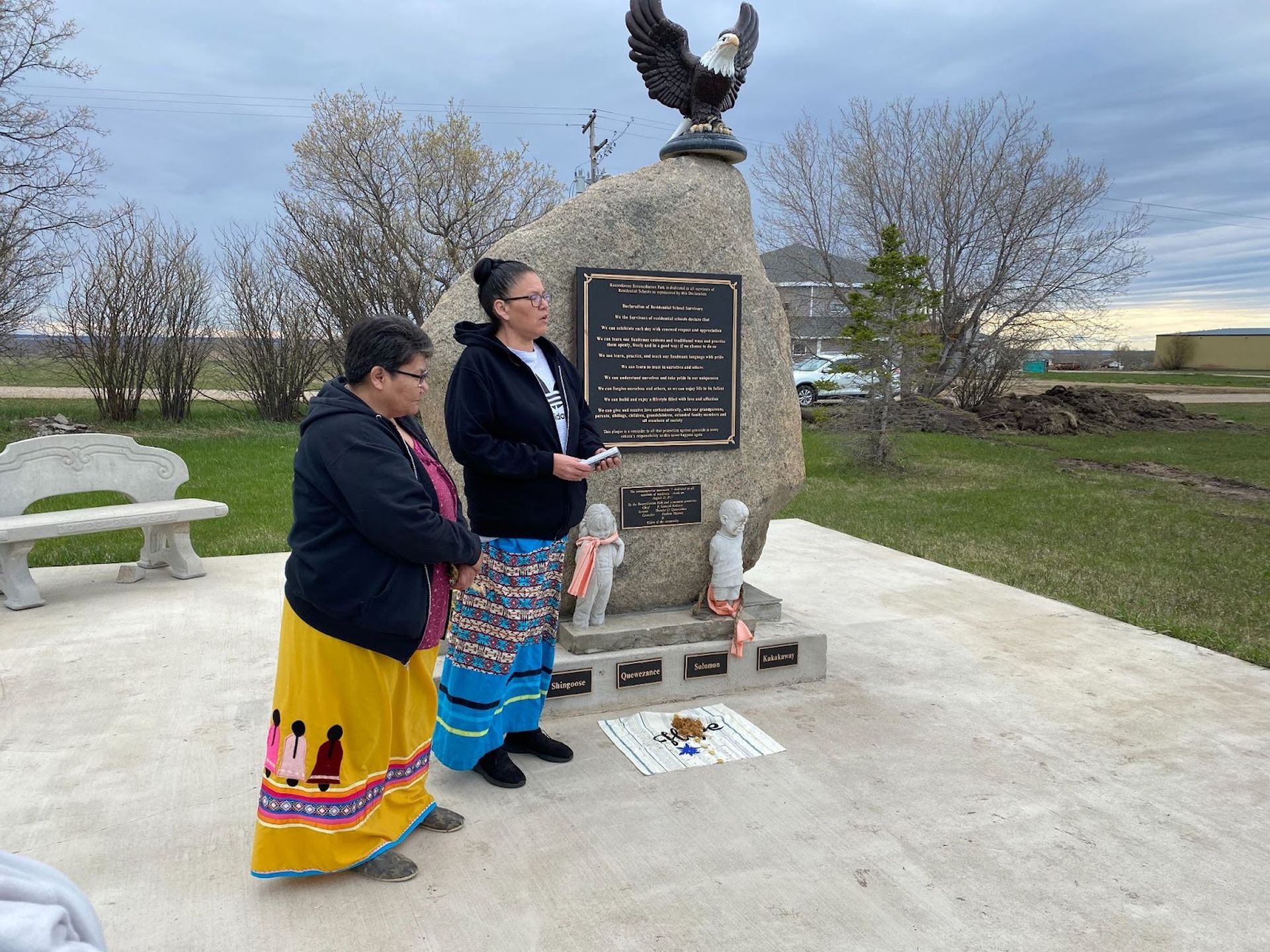
Kim Beaudin, vice-chief of the Congress of Aboriginal Peoples (CAP), drove three hours from Saskatoon to be part of the tour. He remembers Milgaard “as always positive this was the right thing.
“He was confident the Quewezance sisters would be freed.”
After giving Lockyer the “Hope” cloth to take home, Odelia, the lawyer and Shirley Keshane drive to Jason Keshane’s house. He doesn’t want APTN News there.
Odelia says later Jason looked different, and she gave him a hug right away.
“He will be fully cooperative in the case,” Lockyer reports after the one-hour meeting. “I’m happy. This is more than I could have hoped for.”
A quick drive through the rolling prairie and they’re in front of the former RCMP detachment in Kamsack.
This is where court documents say the women were held and interrogated for five days despite a judge ordering they be remanded to a nearby jail within 24 hours.
Each day the sisters’ evidence became “more and more incriminating,” the RCMP say in a court transcript. They note the statements weren’t recorded.
Odelia declines to enter the brick building that is now in private hands and under renovation.
But Lockyer convinces the homeowners to show him what remains of the original facility.
“This is incredible,” he says, moving among the family’s sporting goods and household items stored in the original cells.
“You can see how close they (Odelia and Nerissa) were to the police every day. This is good, good to see…”
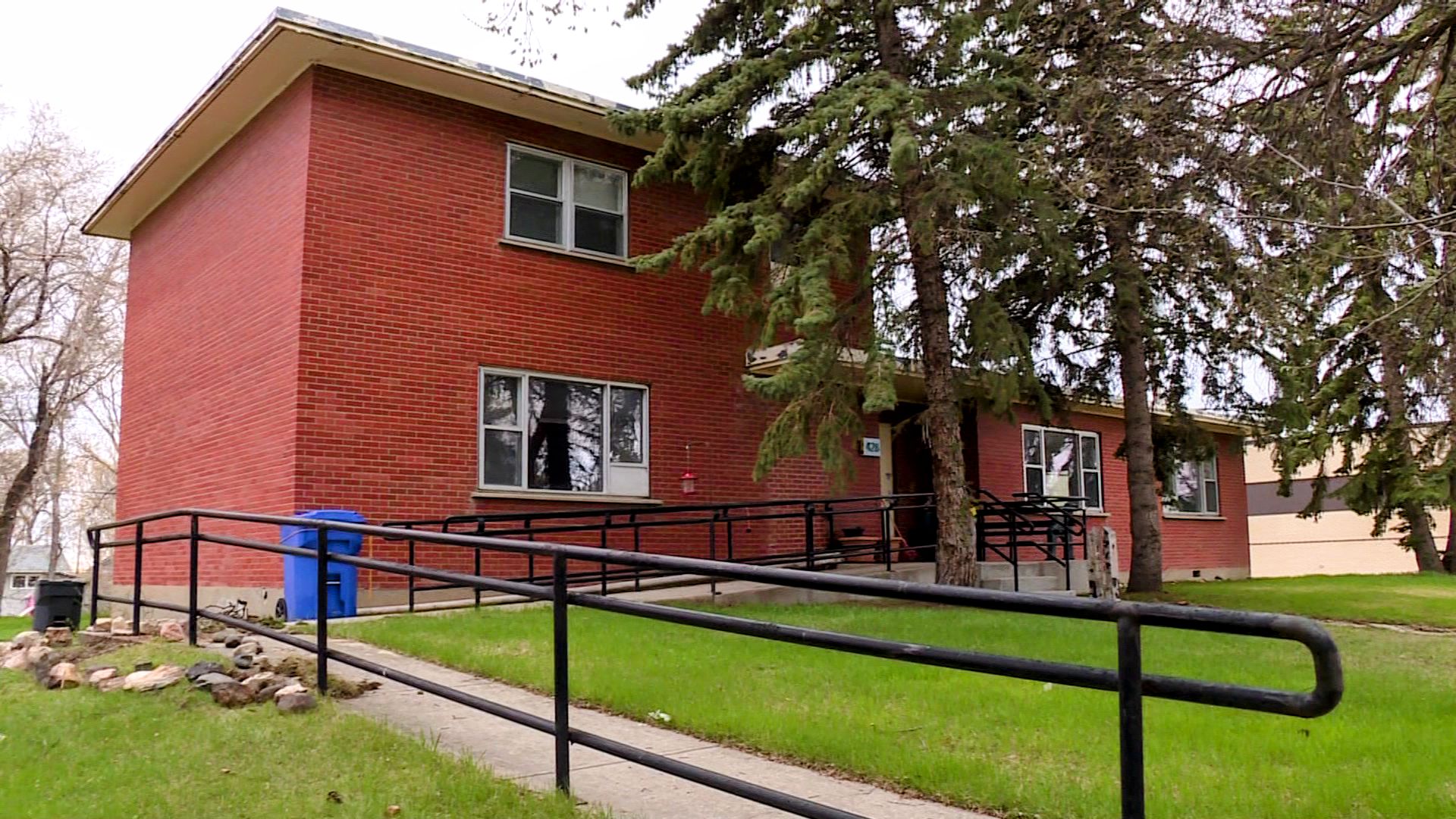
Lockyer says he’ll seek bail for both women pending their appeal in Saskatchewan. And, he says, he wants to make the motion in the Kamsack courtroom where they were convicted.
However, that won’t happen until Lametti receives a report from the lawyer he appointed to review the sisters’ application for a ministerial review. If Lametti agrees there may have been a miscarriage of justice he can quash their convictions and order a new trial.
The Saskatchewan Court of Appeal dismissed their original appeal in 1995.
The Quewezance sisters are seeking freedom the same time the country is learning about the increasing number of Indigenous women behind bars.
When Odelia and Nerissa first went to prison, Indigenous women made up about 19 per cent of the country’s female prison population.
Now, Indigenous women represent half the female population in federal penitentiaries.
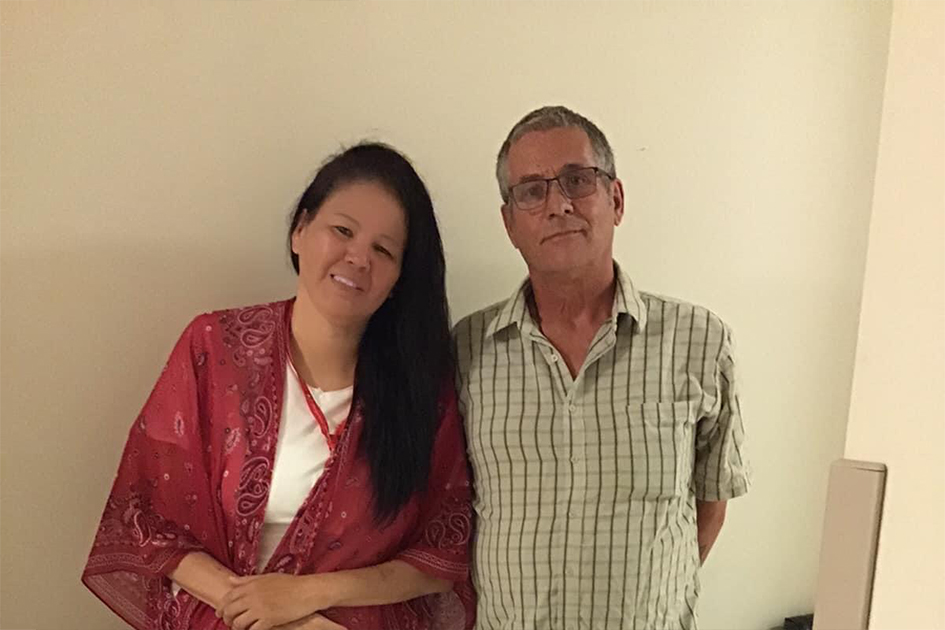
She has interacted with every part of the criminal justice system and became addicted to opiates while in prison.
She remembers some frightening things the guards did.
Once, when she was in segregation, she says “they cut off all my clothes…male guards…to humiliate me.”
Yet Odelia has survived. And done her healing.
From the trauma that occurred at two residential schools she was forced to attend; being physically, mentally and sexually abused by family members and strangers; and the pain and suffering of prison.
Odelia hopes Lametti will read the letter she sent to him in March, where she details her resilience and longing to be at home for her daughters.
It won’t be long before the girls reach the same age she and Nerissa were when they were accused of second-degree murder.
“I need my freedom for the rest of what time I have left,” she writes in the letter she shared with APTN. “I know since day one that I was misjudged, young, had no chance, no love, support or guidance.
“All I understand was how hurt people hurt other people. Despite my past, I saved my kids from that fate. Give me a chance to prove I can be a good role model for them and other women in the system.”
Soon, Odelia will board a plane for the first time to tell her story on a national stage. A trip to Ottawa has been approved by the parole board.
She will be surrounded by her closest advocates.
And rely on her Saulteaux culture and spirituality for strength and guidance.
“I am ready,” she says confidently. “I am ready for this.”
